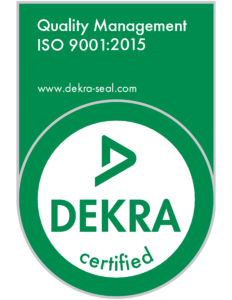Bad part limits in ultrasonic welding refer to the set of conditions or characteristics of a welded part that deem it unacceptable or unsatisfactory for its intended use. These limits are typically established during the development of the welding process and are based on a range of factors, including the design of the part, the materials being welded, and the specific application requirements.
Some common examples of bad part limits in ultrasonic welding include:
- Insufficient weld strength: If the strength of the welded joint is not sufficient for the intended use of the part, it may be considered a bad part.
- Excessive flash or particulate: Ultrasonic welding can sometimes produce excess flash or particulate, which can affect the appearance or functionality of the part. If these levels exceed acceptable limits, the part may be considered bad.
- Incomplete weld: If the welding process is not able to achieve a complete weld between the parts being joined, the resulting part may be considered bad.
- Cosmetic defects: Ultrasonic welding can sometimes result in cosmetic defects such as warping or discoloration, which may be considered bad if they affect the appearance or functionality of the part.
Establishing and adhering to bad part limits is important in maintaining the quality and reliability of the welded parts and ensuring their suitability for their intended use.

